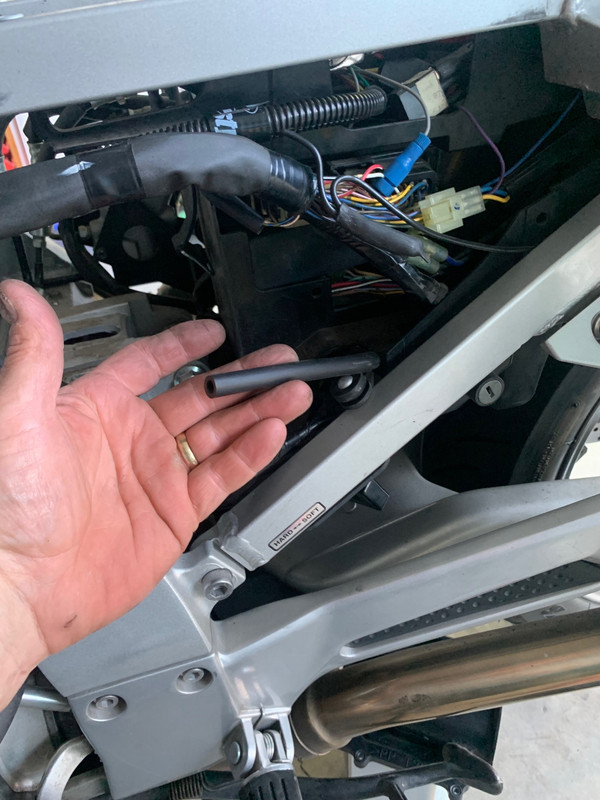dcarver
Well-known member
I have old, old gas..
Wanna hangout for dinner, G?
Wanna hangout for dinner, G?

Thanks D. I appreciate the offer. It's doesn't seem to be a problem with cold start high idle so probably not a problem with the wax valve. I assume the richer fuel to air ratio needed for a cold start is done with ECU mapping by simply making the injectors squirt a little more gas. But does anyone really know how these things work these days.If you decide to replace the wax motor I have several used ones at hand... free to you except for shipping. Hopefully it's gas. If not, offer is open.
Link doesn't work.








You can also "Insert image from URL" to have it show up directly. Just copy the link from Postimages.

Thanks for the additional comments. It's not been sitting in the sun much for the most recent occurrence of the problem and it's does not have any CA emissions stuff that I can tell, at least there are no extra hoses on the bottom of the gas tank other than the overflow. And I finally found the mystery hose shown in my previous post. It's just a drain hose from the ABS unit. Part no. 5VS-85828-00-00. It's part no. 3 on the Electrical -3 fiche.I assume this hasn't occurred after the bike has been sitting in the sun for a period of time?
There have been issues with California model FJRs where the charcoal canister gets fuel saturated sitting in the sun and runs horribly until intake air evaporates the fuel. Note: Just because the bike didn't come from CA, doesn't mean it couldn't be a CA model.
Long shot, I know, but a possibility.
No carbs but I understand what you are saying...Next is to check gas pump pressure and make sure all the injectors are working then maybe synchronize the carbs.
No knock sensor.Does an FJR have a knock sensor?
The FJR will run just fine without an O2 sensor (normally gets unplugged if running a Power commander) but doesn't run well if the O2 sensor is giving the wrong signal. Might try unplugging the O2 sensor. I had an issue once when the O2 sensor wires got caught in the timing cover during reassembly. Wires shorted out and any signal provided was garbage. Ran very poorly.how about O2 sensor?
I'm gradually learning a bit at a time how this system works. According to the Supplementary Service Manual pg. 24, the engine will continue to run in open loop mode if a sensor input is out of range, well for some sensors. If the lean angle sensor is goes out of range the engine shuts off.No knock sensor.
The FJR will run just fine without an O2 sensor (normally gets unplugged if running a Power commander) but doesn't run well if the O2 sensor is giving the wrong signal. Might try unplugging the O2 sensor. I had an issue once when the O2 sensor wires got caught in the timing cover during reassembly. Wires shorted out and any signal provided was garbage. Ran very poorly.